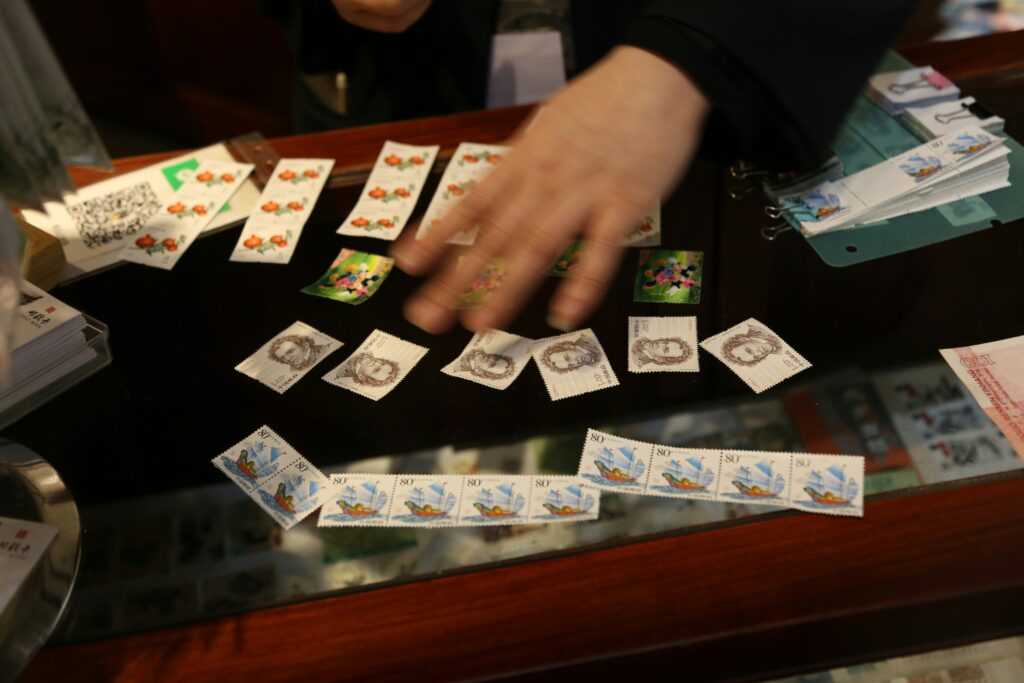Why Mindfulness Matters for Clear Thinking
What Mindfulness Actually Means
Mindfulness is the intentional act of paying attention to the present moment—without judgment. It’s not about emptying the mind or escaping reality; it’s about grounding yourself in what’s happening right now. This includes being aware of your thoughts, emotional responses, physical sensations, and surrounding environment.
- Present-moment awareness
- Non-reactive observation of thoughts and emotions
- An internal stance of curiosity rather than control
The Mindfulness–Decision-Making Connection
Good decisions don’t come from raw intelligence alone—they come from clarity. And clarity is much easier to achieve when you’re not caught up in emotional reactivity or mental clutter. Practicing mindfulness helps regulate emotions, manage stress, and slow down knee-jerk reactions. This creates space for better judgment.
Key benefits of mindfulness to decision-making:
- Improved emotional regulation under pressure
- Greater awareness of internal biases or impulses
- Increased cognitive flexibility and focus
Where Mindfulness Meets the Real World
Mindfulness isn’t just a wellness trend—it’s a tactical skill used by people in high-stakes roles.
Examples include:
- A CEO using breath awareness before announcing a major shift in company direction
- A poker player observing anxious thoughts without acting on them impulsively
- A pilot doing a mental body scan during high-alert moments to stay centered
- A crisis negotiator incorporating mindful pauses to maintain composure
In all of these examples, mindfulness creates a clearer space in which better decisions can emerge.
Start small—one breath, one moment of noticing—and expand from there.
Practice 1: Breath Awareness for Rapid Centering
The breath is the body’s built-in reset button. When you’re faced with a decision—especially under time pressure—your nervous system can tilt toward fight-or-flight. That means shallow breathing, faster heart rate, and a fogged-up brain. But just a minute of focused breathing can start to turn the dial back toward clarity.
Here’s a simple 60-second technique: sit or stand still. Close your eyes if it helps. Inhale slowly for a count of four, hold for four, exhale for four, and hold again for four. Repeat. Keep your attention lightly on the breath—nothing fancy. Just this.
This box-breathing style activates the parasympathetic nervous system, which helps down-regulate stress. It doesn’t solve the decision, but it stops you from reacting in panic mode.
Use it before walking into a meeting, during a negotiation pause, or in those late-night crunch moments when fatigue blends with pressure. Think of it as hitting “save and stabilize” before you make a call that matters.
Practice 2: Body Scans to Read Internal Signals
Your body flags bad decisions before your brain catches on. A clenched jaw, tight shoulders, a subtle gut twist—these aren’t random. They’re physical cues, the body’s early alert system. Tuning into them can give you a head start in avoiding choices that lead to regret.
Start by pausing and scanning from head to toe. No need to get spiritual about it. Just check in: Where’s the tension? Is your chest tight? Are your hands fidgety? Physical unease often mirrors mental friction. If your body feels off, there’s a good chance your decision-making may follow suit.
One common culprit: fatigue. When you’re running on fumes, bad calls sneak in—impulse buys, reactive messages, unwise risks. The fix isn’t mystical. It’s a short pause, a drink of water, a minute of stillness. Five breaths to reset. Wait an hour before acting, if you can. Override exhaustion with intention.
For tangible ways to fight off fatigue before it messes with your head, check out this related read: Exercises to Combat Fatigue for Late-Night Gambling.
Practice 3: The “Noting” Technique for Mental Clarity
Thoughts come and go. You don’t have to grab onto every single one. The “noting” technique helps you step back and observe your mind without getting dragged along for the ride. It’s simple: when a thought comes up—”I’m going to fail this pitch,” or “I need to act now or I’ll miss out”—you mentally label it. Just note: “fear,” “urgency,” “worry.” Then return to your focus, like your breath or current task.
The power of this move is in the gap it creates. Noting doesn’t stop thoughts, it separates you from them. That space reduces snap reactions. You’re less likely to make impulsive buys, fire off emotional emails, or double down on poor plays. More mental room means better control and cleaner thinking.
This tool works especially well in high-pressure situations—finance calls, leadership crunch points, even late-stage poker hands. When things heat up, your brain throws noise your way. Noting lets you stay cool and clear beneath it all.
You don’t need incense or a retreat. You just need to notice your thoughts—and let them pass.
Practice 4: Mindful Journaling to Detect Thought Patterns
Writing isn’t just a reflective practice—it’s a powerful decision-making tool. Mindful journaling helps identify the thought patterns, emotional triggers, and mental scripts that often operate in the background of our choices.
Why Journaling Works
When you externalize your thoughts through writing, you create distance between yourself and your impulses. This space allows you to:
- Notice recurring thought cycles before acting on them
- Identify emotional states like frustration, anxiety, or excitement that may cloud judgment
- Gain clarity on personal biases and limiting beliefs
Quick Prompts for Better Decisions
Use these targeted prompts before making important decisions:
- What am I feeling right now, and why?
- What outcome am I fearing or hoping for?
- Am I trying to avoid or control something?
- What story am I telling myself—and is it true?
These questions interrupt automatic thinking and bring you back to intentional reflection.
From Reactive to Proactive
The consistent practice of mindful journaling helps shift your internal posture:
- Less reactive: You’ll notice emotional surges before they take control
- More proactive: You become better equipped to choose your response versus default to habit
Whether you free-write for five minutes or answer a single prompt each day, journaling builds awareness and strengthens your cognitive discipline over time.
Practice 5: Strategic Pausing
In a world wired for speed, doing nothing—on purpose—is quietly powerful. Strategic pausing is the conscious act of not reacting right away. You catch yourself before you fire off that email, make that trade, or say something you’ll double back on. This moment of stillness creates something rare: space between the stimulus and your response.
Elite performers use it constantly. Think of a tennis pro who takes a beat before returning serve—not just to catch breath, but to reset. Or a military leader scanning the terrain before issuing a command. That quick silence is where awareness lives. It’s not hesitation. It’s control.
In day-to-day decisions, this pause can mean noticing a gut signal you would’ve bulldozed through otherwise. It takes discipline, but it’s simple. Before the next big (or small) call: stop, breathe, observe. Then move.
Not every gap needs to be filled. Some need to be respected.
Final Thoughts
Mindfulness isn’t soft. It’s not just about feeling relaxed or peaceful. For decision-makers under pressure—whether you’re a CEO, creator, or high-stakes gamer—mindfulness becomes tactical. It sharpens judgment. It allows you to pause, notice, and choose instead of react. That’s an edge.
When used regularly, mindfulness builds internal stability. You start spotting your own patterns faster. Intuition gets louder. The mental fog clears, not all at once, but steadily. The effects compound.
The key isn’t dramatic rituals or overnight change. It’s small, repeated actions—60 seconds of breath work before a meeting, a quick body scan during a lunch break, a five-minute journal check-in at night. Over time, these add up.
Start small. Stay consistent. Give it thirty days and track the shifts. You’ll notice you’re making cleaner decisions—and wasting less energy. That alone is worth it.


 Cairis Ollvain, co-founder of GambleFitnessSplash brings a visionary approach to the platform by combining fitness, responsible gambling, and technology into one space. Cairis focuses on creating forward-thinking content that empowers readers to achieve balance, health, and smarter choices.
Cairis Ollvain, co-founder of GambleFitnessSplash brings a visionary approach to the platform by combining fitness, responsible gambling, and technology into one space. Cairis focuses on creating forward-thinking content that empowers readers to achieve balance, health, and smarter choices.

